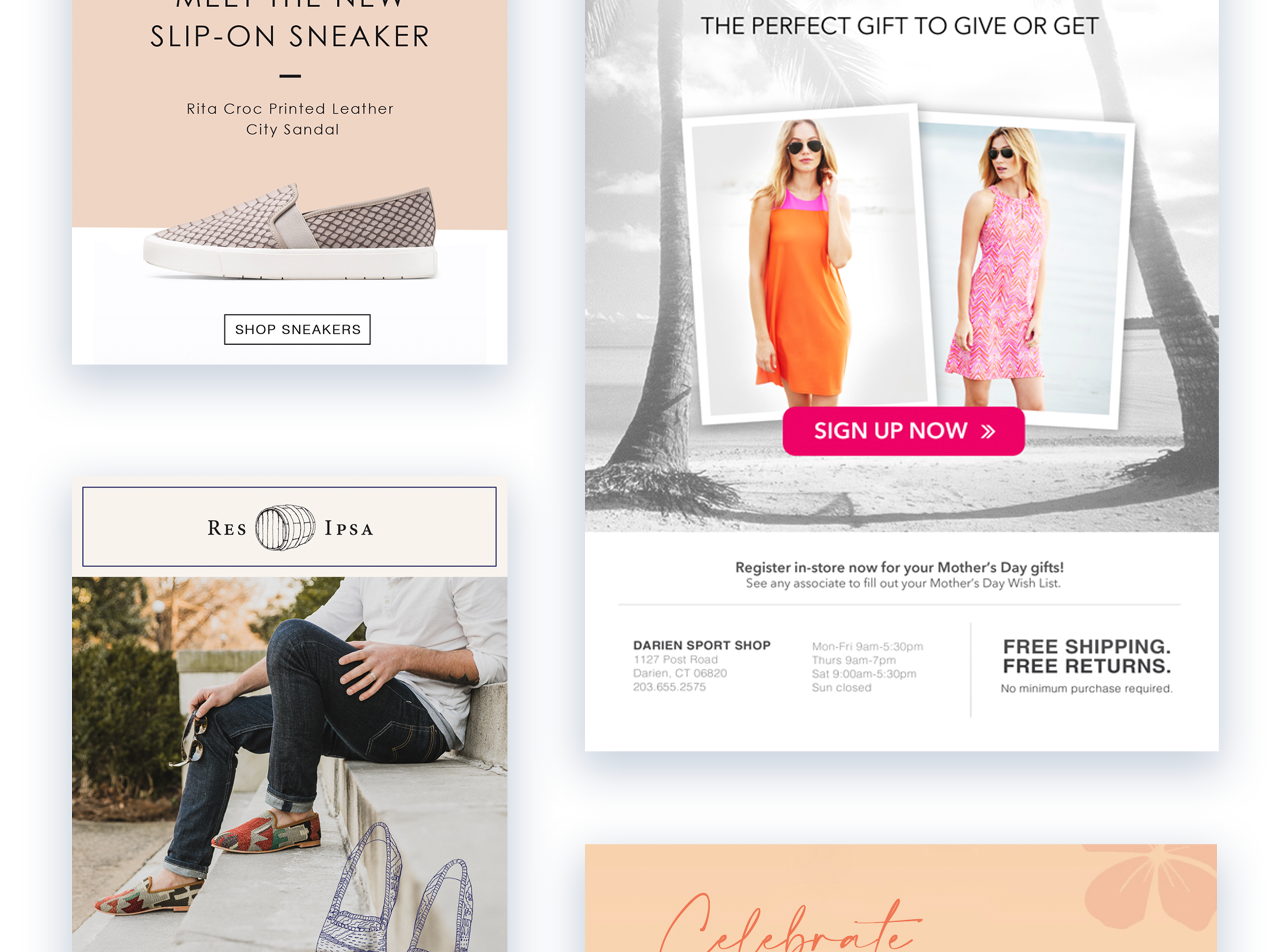SIGMA
SIGMA is a manufacturing company that has been producing and distributing digital cameras, interchangeable lenses, and photographic accessories since 1961. Well-known and reputable in the photo industry.
Working side by side with the Polish dealer of SIGMA products, my job was to design and overlook the implementation of a new e-commerce store with a wide range of SIGMA and other photo-related products.
Research
I conducted interviews with stakeholders as well as with some of their clients. I wanted to understand their business relationship to construct client personas and explore the ways they have been managing their business untill now. The goal of those interviews was to define the most important factors for the future e-commerce platform and problems that needed to be solved.
Target
• 25 to 50 years old
• 65% female / 35% male
• Educated and well oriented in technology
• Small business owners
Challenge
SIGMA products, because of their high-end quality, are being placed in the premium sector of the market. As such, clients often require a little bit more of a personal approach. For professional photographers, it’s usually vital to test the hardware before making an investment decision and find the best way to finance the purchase. The biggest challenge of the project was to combine those needs with the mostly contact-less and automated online store.
Sitemap
In every e-commerce project clear user flow and checkout process plays crucial role. Every step of the design process must be in line with the main objective: finishing the purchase.
Wireframe
After conducting interviews and analyzing clients’ personas, I designed and crafted an online store from scratch, paying a lot of attention to the navigation and availability on different types of devices. Knowing that personal assistance will play a key role in the sales process for many customers, on every product page I placed direct communication options. The same attention was paid to placing real-time information on the availability of the product to test, rent, and buy in all of the ground-based showrooms. The low-fidelity designs were then consulted with stakeholders, verified with clients’ surveys, and iterated to improve all of the details.
Visual Design
The last stage before sending the project to implementation was preparing a high-fidelity design and the prototype for final testing and presenting the design to stakeholders. Part of my role was also actively participating in the implementation, managing communication with developers, and making sure everything goes smoothly while getting close to launch.


